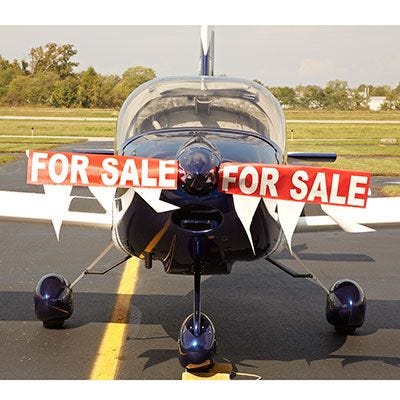
As of September 1, 2022, certain aircraft sales are now subject to a luxury tax. The threshold is $100,000, and the tax applies only to airplanes, helicopters and gliders equipped with one or more pilot seats but fewer than 40 seats. Also, it applies only to aircraft manufactured after 2018. Military and cargo aircraft are except.
The luxury tax will not be assessed if it has already been paid by a previous purchaser, but only if the seller can produce a ‘tax-paid certificate’.
The applicable tax rates are 10 percent of the total price of the aircraft, or 20 percent of the total price above $100,000, whichever is greater. As an example, for an aircraft purchased for $175,000, 10% of $175,000 is $17,500. However, 10% of 100,000 is $10,000 and 20% of $75,000 is $15,000 for a total tax of $25,000, so that is the tax bill a purchaser will be faced with.
Taxes on tax
But it doesn’t end there, as the luxury tax is added to the purchase price before applying GST, HST or PST. In the case of the hypothetical purchase above, if it took place in British Columbia, the luxury tax bill of $25,000 would be subject to five percent GST, which equals an additional $1,250 to the feds and an additional $1,750 in PST to Victoria. Residents in jurisdictions with no PST, such as Alberta and the northern territories, would pay only the GST portion ($1,250). Purchasers in New Brunswick and Newfoundland and Labrador would be faced with an additional 15% HST bill of $3,750. Ontario residents would have to pay an additional $3,250 in HST (13%).
Assuming that sales of most new private aircraft in Canada occur in Ontario, that aircraft purchased for $175,000 will cost you an additional $51,000 in luxury tax and HST for an effective tax rate of over 29 percent. Total price: $226,000.
Oh, and good luck finding any post-2018 aircraft for anywhere near that $175,000.
